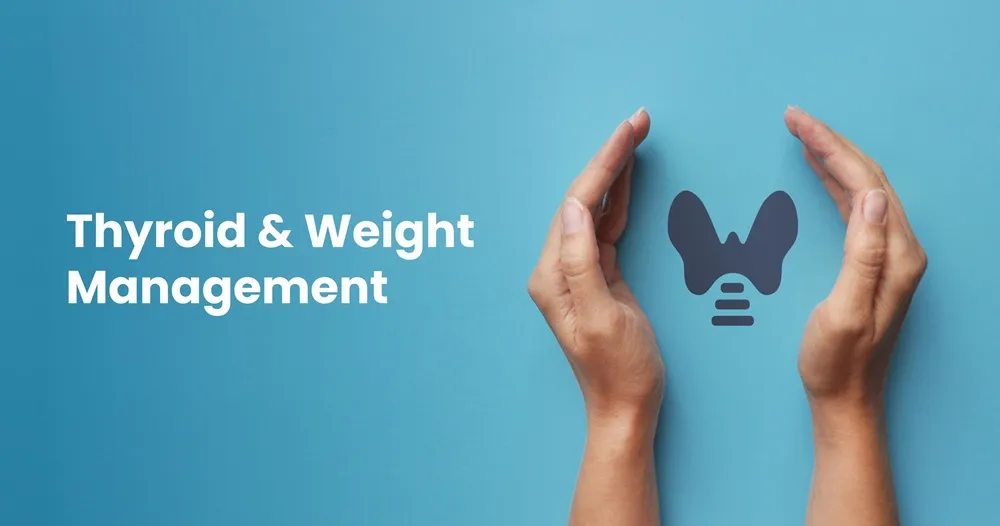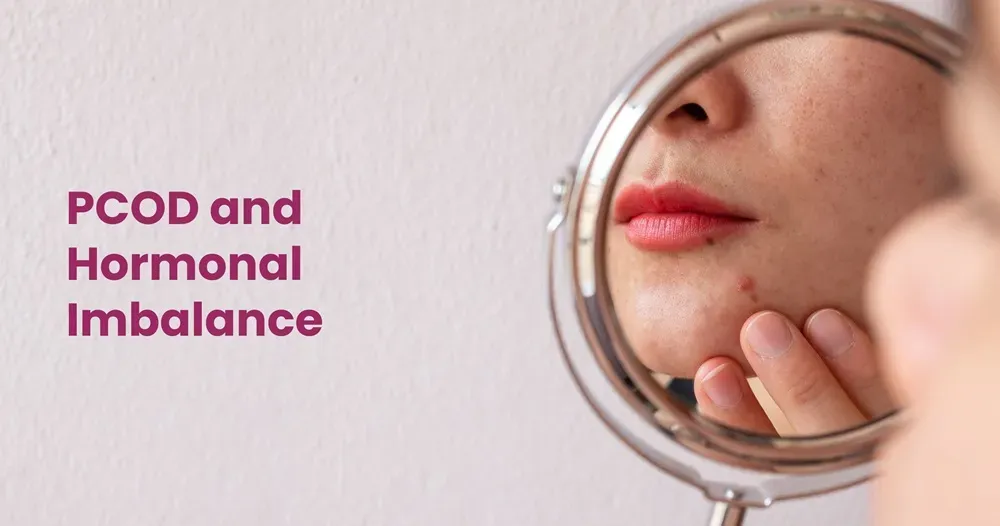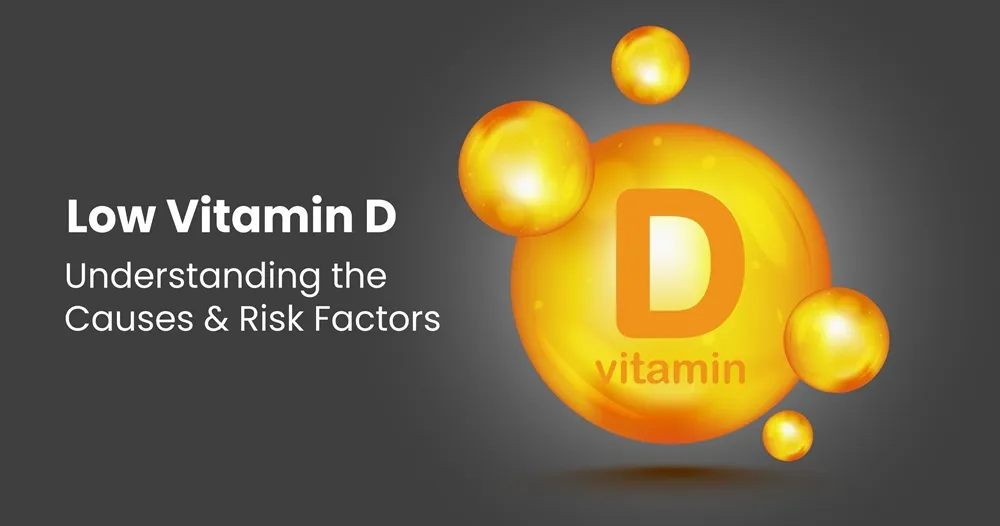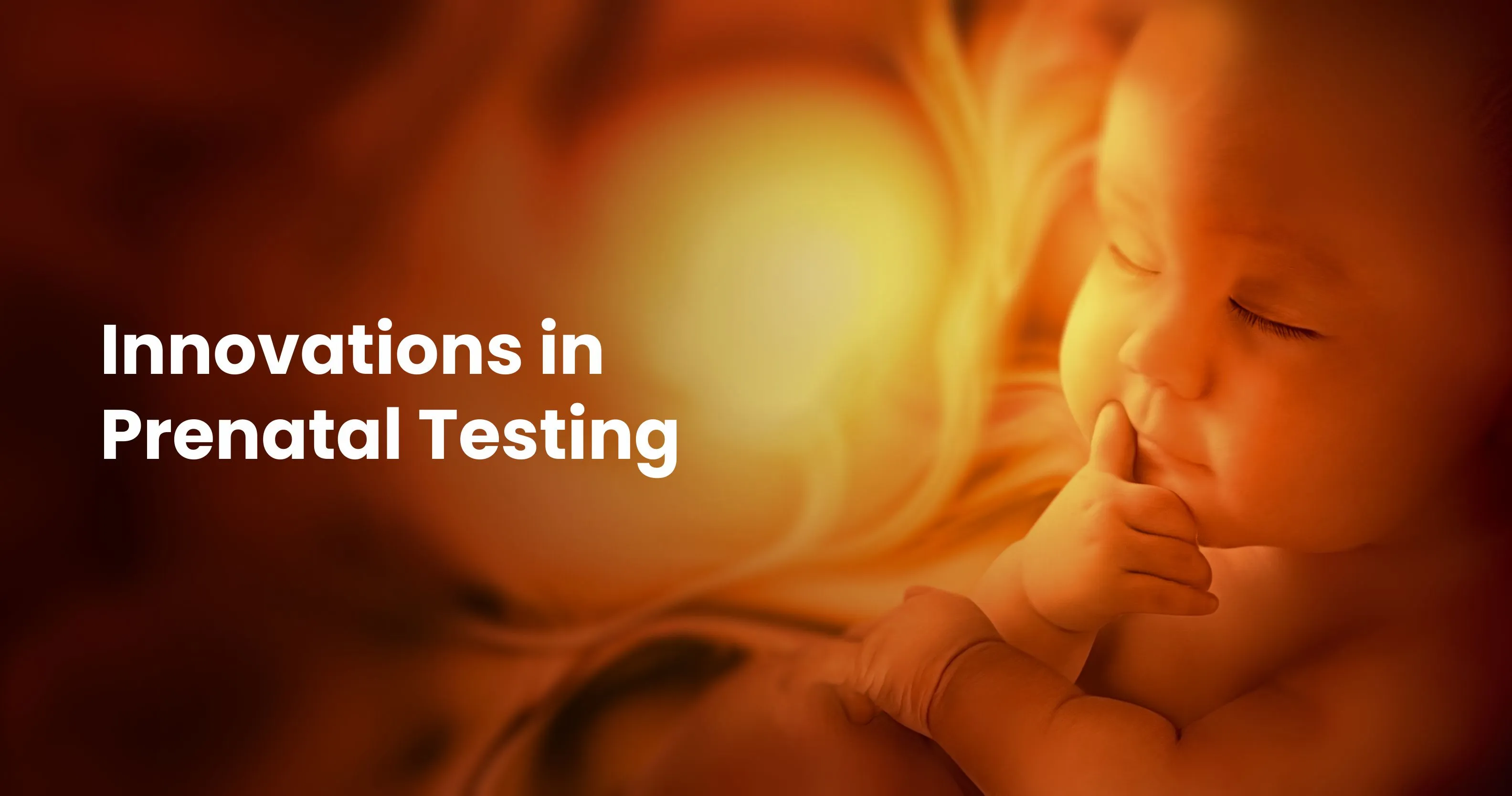3 Ways to Diagnose Diabetes
Jun 04, 2020
Glycosylated Hemoglobin Test
Fasting Sugar Test
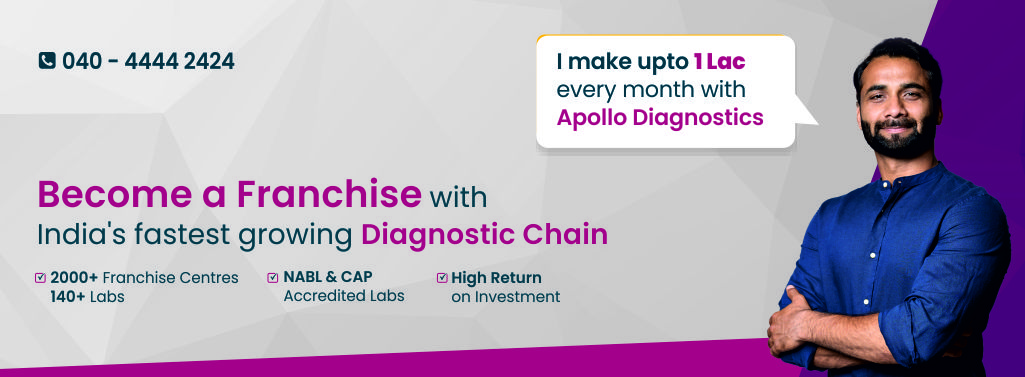 test, the patient is required to fast for minimum 8 hours. The amount of glucose is measured by combining the blood plasma with other substances. The glucose is measured in mg/dL. The blood glucose range should remain under 100 mg/dL. Blood glucose ranging between 100-125 mg/dL is considered high but, not high enough to be diagnosed with diabetes. The range is diagnosed as prediabetes and it indicates risk for type 2 diabetes and heart diseases. If the blood glucose range is more than 125 mg/dL it indicates type 2 diabetes. In this condition, the body doesn't make enough insulin and it can also leads to other issues like heart disease and stroke.
test, the patient is required to fast for minimum 8 hours. The amount of glucose is measured by combining the blood plasma with other substances. The glucose is measured in mg/dL. The blood glucose range should remain under 100 mg/dL. Blood glucose ranging between 100-125 mg/dL is considered high but, not high enough to be diagnosed with diabetes. The range is diagnosed as prediabetes and it indicates risk for type 2 diabetes and heart diseases. If the blood glucose range is more than 125 mg/dL it indicates type 2 diabetes. In this condition, the body doesn't make enough insulin and it can also leads to other issues like heart disease and stroke.Oral Glucose Tolerance Test
In order to determine risk for prediabetes, you can visit the website of Apollo Diagnostics and take a free prediabetes self assessment test. The test comprises of 7 questions and based on your answers, it predicts your risk for prediabetes. If you are at risk score, you can visit your nearest Apollo Diagnostic centre for a diagnosis as a measure of early prevention. Apollo Diagnostics also offers the convenience of home collection. Call 040 4444 2424 and trained technicians will arrive at your doorstep to collect samples. Carrying forward the Apollo legacy, Apollo Diagnostics assures accurate and quality diagnostic service at affordable cost.
Related Blog Post
Blog Categories
- Child Health
- Mens Health
- Women's Health
- Mental Health
- Health Myths & Facts
- Fitness
- Nutrition/Recipes
- Remedies
- Weight Management
- Stress Management
- Health Supplements
- Addiction Management
- Disease Management
- Allergy
- Anemia
- Arthritis
- Asthma
- Autoimmune Diseases
- Blood Pressure
- Cancer
- Deficiencies
- Dengue/Malaria/Chikungunya
- Diabetes
- Eye Problems
- Heart Diseases
- Hepatitis
- HIV/AIDS/STD
- Hormonal Imbalance
- Infection/Flu/Viral
- Kidney
- Liver
- Menstrual Problems
- Pregnancy
- Skin & Hair Problems
- Stomach Ailments
- Thyroid
- Others
- Health Checkups
- Diagnostics/Pathology
- Lifestyle & Wellness
- Covid
- Medical Tests
- Cholesterol
- Health Tips
- Parent Care/Old Age
- Lungs
- Food Intolerance
